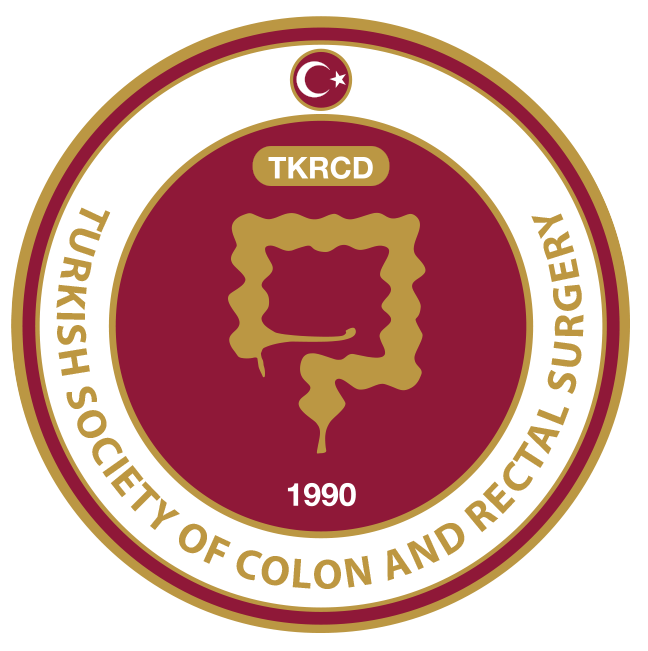ABSTRACT
Colonic lipomas are rare benign submucosal tumors of the gastrointestinal system. The smaller tumors are usually asymptomatic whereas the larger ones often present with abdominal pain, bleeding or obstruction. The management of incidentally detected, asymptomatic colonic lipoma is not well defined. However, definitive surgical or endoscopic intervention is indicated once the tumor starts causing symptoms. In cases where surgery is required, laparoscopy is the preferred approach considering its well-established advantages over open approach. Here, we report a case of caecal lipoma that presented with ileo-colic intussusception and was managed by laparoscopic right hemicolectomy.
Introduction
Colonic lipoma is a rare tumour of the gastrointestinal tract with an incidence of 0.15%-4.4%.1 These are usually asymptomatic and are detected incidentally during colonoscopy, surgery or autopsy. However, large lesions tend to be symptomatic because of complications. When symptomatic, common presentations are non-specific abdominal pain, bleeding, obstruction and intussusception.2,3,4,5 Symptomatic lipomas are indications for endoscopic or surgical intervention. Herein, we report our experience of a case of colon lipoma that presented with intussusception and was managed by laparoscopic resection.
Case Report
A 52-year-old woman presented with a history of recurrent colicky, abdominal pain and bloating for 2 years. She did not have fever, weight loss, vomiting or gastrointestinal bleed. There was no associated comorbidity, and her past medical history was not significant. Physical examination revealed mild tenderness in the right lower quadrant. The abdomen was soft, slightly distended, but no lump was palpable. The laboratory workup was normal with no evidence of anaemia or leucocytosis.
An abdominal computed tomography (CT) scan was obtained that showed characteristic bowel within-bowel configuration of intussusception, with invaginated mesenteric fat and vessels. A round, well-demarcated, homogeneous colonic tumour located near the hepatic flexure was suspected as the lead point of intussusception. The lesion had characteristic densitometry value of -90 Hounsfield units (Figure 1a, 1b). In view of pathognomonic CT findings, the diagnosis of colonic lipoma was established.
Colonoscopy showed a large, globular submucosal mass with stalk at the hepatic flexure consistent with benign polypoidal neoplasm (Figure 2). The colonoscopic biopsy was unhelpful, as histopathology revealed normal colonic mucosa. In view of recurrent symptoms and diagnosis of intussusception, laparoscopic right hemicolectomy was performed. The post-operative course was uneventful, and the patient was discharged on day 5 after surgery. Gross and histopathological examination was consistent with a large, benign submucosal lipoma (Figure 3a, 3b). Patient remains symptom-free at a follow-up of 2 months.
Discussion
Although rare, lipomas are the second most common benign tumour of colon after adenomatous polyp.1 Lipomas may arise from any part of the gastrointestinal tract, and the colon is the most common site, followed by small intestine and stomach. Most (70%) of the large bowel lipomas occur in the ascending colon.1,2,3 It commonly affects individuals in fifth or sixth decade of life with slight female predominance.6
Colonic lipomas are often found incidentally during colonoscopy, imaging or surgery for unrelated conditions. Most colonic lipomas are clinically silent, but if large enough (>2 cm), patients may present with non-specific abdominal pain, altered bowel habits, gastrointestinal bleeding, bowel obstruction or intussusception.1,2,3,4,5 Among symptomatic cases, altered bowel habit (71%), abdominal pain (43%) and bleeding (28%) are the common complaints.7 Our patient too presented with abdominal pain and distension due to ileo-colic intussusception.
Characteristic radiological and colonoscopic findings may help in preoperative diagnosis of colonic lipoma. At barium enema, these are seen as an ovoid, well-demarcated radiolucent mass. The “squeeze sign” is defined as the fluctuation in size and shape of the lesion with colonic peristalsis and is considered pathognomonic of lipoma.8 A barium enema study was not performed in our patient. Instead, colonoscopy and abdominal CT scans were used for the diagnosis. On CT, the lipoma appears as well-circumscribed, homogeneous lesion with fat equivalent density (-80 to -120 HU).9 Colonoscopy is imperative to locate, visualise and biopsy the lesion. Owing to the submucosal location of lipomas, simple colonoscopic biopsy has low diagnostic yield. Moreover, in the presence of intussusception, the accurate localisation may not be possible at colonoscopy, as the lesion is drawn into the lumen distal to it. In our patient, the lesion was erroneously reported at the hepatic flexure because of the presence of ileo-colo-colic intussusception. Colonoscopy allows direct visualisation of the lipoma and can help in distinguishing it from carcinomas and other mucosal lesions. Lipomas typically appear as smooth, round submucosal mass and may display the characteristic features such as the “tenting sign” (easily lifting the mucosa over lipoma with biopsy forceps), “cushion sign” (indentation of lipoma when pressed with biopsy forceps) and “naked fat sign” (spilling of fat out of the tumour after repeated biopsies).7,8
The management strategy for colonic lipomas mainly depends on the size, clinical symptoms and preoperative diagnosis. Lipoma excision is indicated when the lesion is large, symptomatic or malignancy is suspected. Endoscopic resection is appropriate for pedunculated, small (<2 cm) lipomas, as the risk of colon perforation increases when it is attempted for large (>2 cm), sessile, intramural lesions.10
Multiple operative techniques ranging from enucleation of the lipoma to more radical colonic resection have been described. Nowadays, laparoscopy is being widely used in managing colonic lipomas.9 Since our patient had presented with ileo-colic intussusception, laparoscopic right hemicolectomy was performed. The laparoscopic approach had the advantages of improved cosmesis, decreased length of hospital stay, decreased adhesion formation, less pain and faster return of bowel function.
Lipomas should be considered in the differential diagnosis of colonic tumours with suggestive radiological findings. For large, symptomatic tumours, surgery is still the standard treatment. Laparoscopic approach is not only safe but also advantageous in managing these benign lesions.



